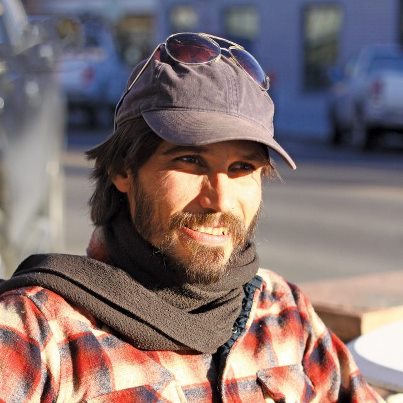I would love to tell you all the details about my experience of being an extra on the set of “The Lone Ranger.”
But I can’t.
I signed a contract with Disney that said I would not disclose anything until the movie comes out. So I will attempt to share my experience with you without divulging any critical information.
I was originally cast to be a _ _ _ _ _ _ _ _ _ _ _ _ _ _. But then I got a phone call. I would now be cast in a little more prominent role. For this role, I would be a _ _ _ _ _ _ _ _. So I abandoned my day’s work and ran down there as fast as I could to get a fitting for my costume.
I followed a map that took me to what they called Base Camp. Base camp is on a bend in the Colorado River, about 4,000 square feet of tents set up as offices, dining, staging and mostly costumes and make-up areas. There were rows upon rows of 19th century period clothing. As a _ _ _ _ __ _ _, I would get to wear a more refined outfit.
At my fitting, there was a very impatient British lady telling everyone what to do — but mostly complaining about the heat and running about, trying to find a solution to the heat. Turns out, it’s really hot in a tent in Moab in midsummer.
A week later in the dark of early morning, I was there again, eating a very nicely prepared breakfast, with the other extras.
As we finished eating, we all funneled into the tent, into the fitting room, and one by one we were transformed into a citizen of the 1800s. This was a very surreal scene.
And then one by one we would enter into makeup and come out looking like we had been in the sun all day — some looking like they’d been working very hard for too little for too long, with their permanent sweat beads formed perfectly on their face.
And I may be the only one who perceived this, but I swear there was a new and immediate class distinction.
All ready, we filled up four or five shuttle buses and made our way up a rocky road.
The first half of the day was a little disappointing. All they needed was to get a wide sweeping shot of the whole scene with a camera on a helicopter. They would say, “rolling,” which meant get ready. And then they would say, “background,” which meant start moving around. And then they would say, “reset,” which meant go back to your original position. And we did this very thing until about 2 in the afternoon.
But then they asked for all the _ _ _ _ _ _ _ _ s to gather up close to
the cliff.
What happened next was absolutely astonishing. The scale of it all was immense. There were trucks everywhere and people unloading equipment and wires, and monitors and cameras and booms.
All of this was set up to film an actor speaking at the edge of the cliff, and us _ _ _ _ _ _ _ _ s listening to him.
And so I got to see the magic of the filming after all.
Jerry Bruckheimer stood 2 feet from me as they were setting up the scene.
Gore Verbinski, the director (THE DIRECTOR!), stood right there in front of me and the other _ _ _ _ _ _ _ _ s and directed our actions. He told us to respond to what the actor was saying. He said, “Whatever you do, have an opinion.”
And I did.
The day wrapped up around 10:30 p.m. It took all that time to create about a 3-5-minute scene.
If I am lucky, I’ll get about 3 seconds of face time. You will recognize me as the third _ _ _ _ _ _ _ _ from the right in the scene where the actor says, “_ _ _ _ _ _ _ _ _ _ _ _ _ _ _ _ _ _ _ _ _ _ _ _ _!”
Here is the gem of that day for me: I was standing about 12 feet from the cliff’s edge. Gore Verbinski was standing next to me. He was in shorts and an old T-shirt and a straw cowboy hat. He pulled out an old Zippo lighter to light a cigar.
He looked reverently out into the expanse that is our backyard, and he said almost inaudibly, not for show or attention or anything, he said with wonder in his eyes, “This is so cool.”
This man — who has the world at his fingertips, who has seen and experienced more than I will ever get the chance to experience — is still a human, capable of appreciating a fantastic view and a beautiful sunset.
Cullen Purser lives in Fruita, Colo., with his wife and two daughters. He is a city councilman, a woodworker, a musician and a journeyman.




